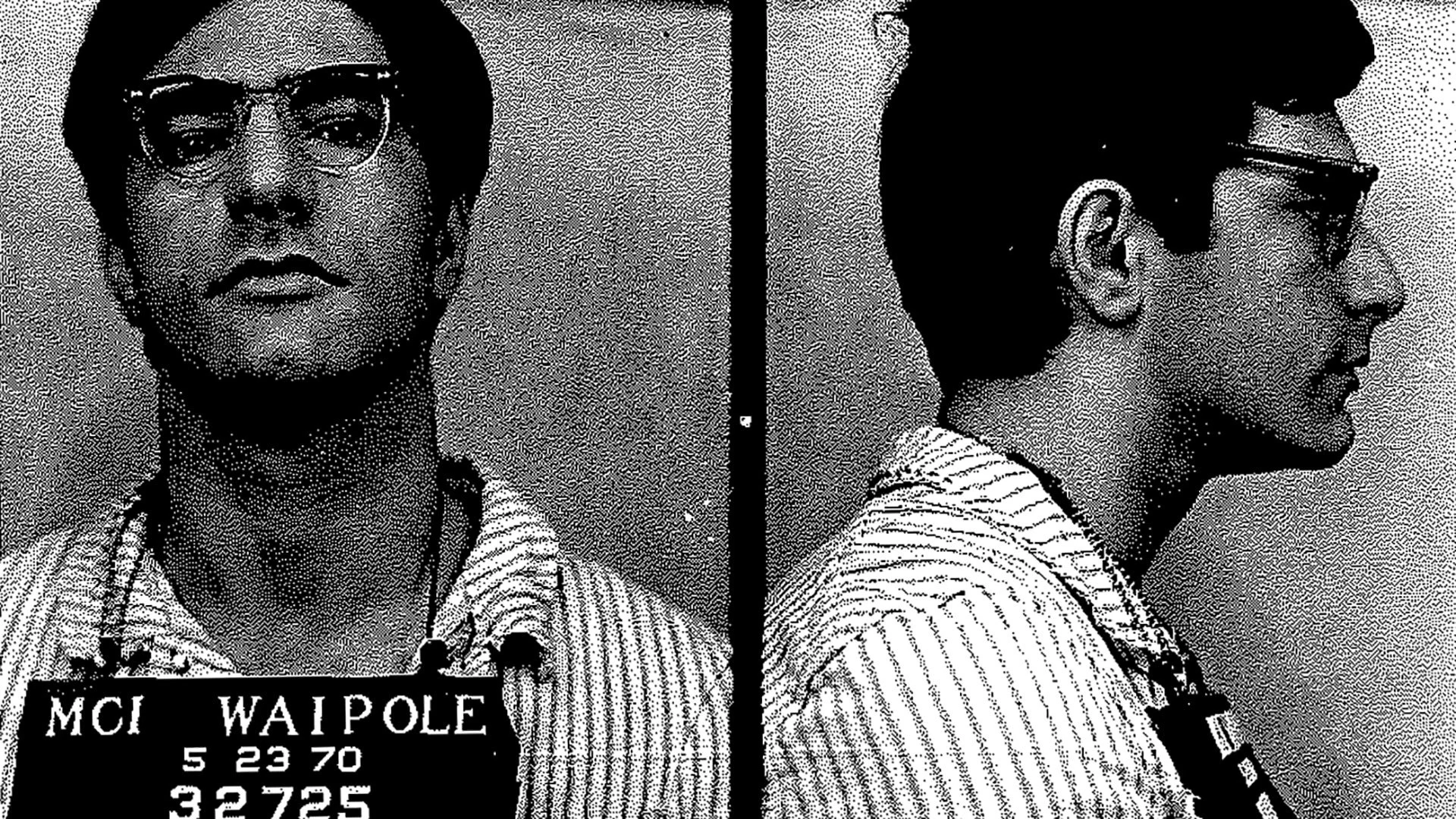Vicious Serial Killers From the 19th Century
Some of the most disturbing murders were committed in the 19th century. A lot of these cases have never been talked about and aren’t too publicized. Because technology wasn’t as developed back then, these serial killers were able to commit their crimes for longer periods of time, though most of them were eventually caught.
1. The Servant Girl Annihilator
Austin, Texas became famous in 1884 for being home to one of America’s first serial killers. According to The Lineup, at least seven women met their deaths in brutal crime scenes involving knives, iron rods, axes and bricks. The victims were mainly black female servants of wealthy Austin families. Children weren’t safe either; in the middle of the night, eleven year old Mary Ramey was dragged from her bed where she was stabbed through the ear with an iron rod, and raped.
The murders picked up speed on Christmas Eve, 1855. Sue Hancock was discovered with her head split open by an axe, and an hour later, Eula Phillips was found in a similar position. Though Austin police desperately searched, and had a few good leads, the murders were never solved, and remains unsolved to this day.
2. Mary Ann Cotton
At 40 years old, Mary Ann Cotton was known as Britain’s first female serial killer; she left up to 21 people dead, including 11 of her 13 children, three of her four husbands and her mother. Arsenic poisoning was her alleged method of choice.
For decades, mysterious deaths surrounded Cotton. Her children died of intestinal problems, and her husbands, who left life insurance payments to her after their deaths, died of similar symptoms.
Cotton was sent to hang at the gallows on her execution day, but the drop through the trap door was too short. She ended up choking to death, the rope a tangled noose around her neck.
3. H.H. Holmes
From an early age, Holmes showed signs of intelligence, and always had an interest in medicine. Allegedly, he would trap animals and perform surgery on them; some accounts even suggest that he killed a childhood playmate, according to Britannica. In 1886, he moved to Chicago and took a job as a pharmacist. Soon after, he began murdering people in order to steal their property; he built a house for himself, which would become known as “Murder Castle.” The house was equipped with secret passages, trapdoors, soundproof rooms, doors that could be locked from the outside, gas jets to asphyxiate victims and a kiln to cremate the bodies.
Holmes allegedly seduced and murdered a number of women, usually by becoming engaged to them, then murdering them after gaining ahold of their life savings.
Arrested in 1894, Holmes confessed to 27 murders, later increasing the total to more than 130, though some researchers believe the real number exceeds 200.
4. Amelia Dyer
Dyer had been training to become a nurse, but soon learned she could have more success through baby farming, a practice of adopting unwanted babies for cash. She began allowing the babies she farmed to die of malnutrition and neglect, but soon resorted to murdering the infants.
She was first caught in 1869 when a doctor caught onto the suspicious number of infant deaths, and was sentenced to six months of hard labor rather than being convicted of murder. After she was released, she returned to baby farming, and instead of visiting a doctor for death certificates, she began disposing of the bodies herself.
In 1896, one of the infants was found in the Thames, and upon investigation, evidence led to her. She was arrested and executed, estimated to have killed over 400 infants over the span of decades.






